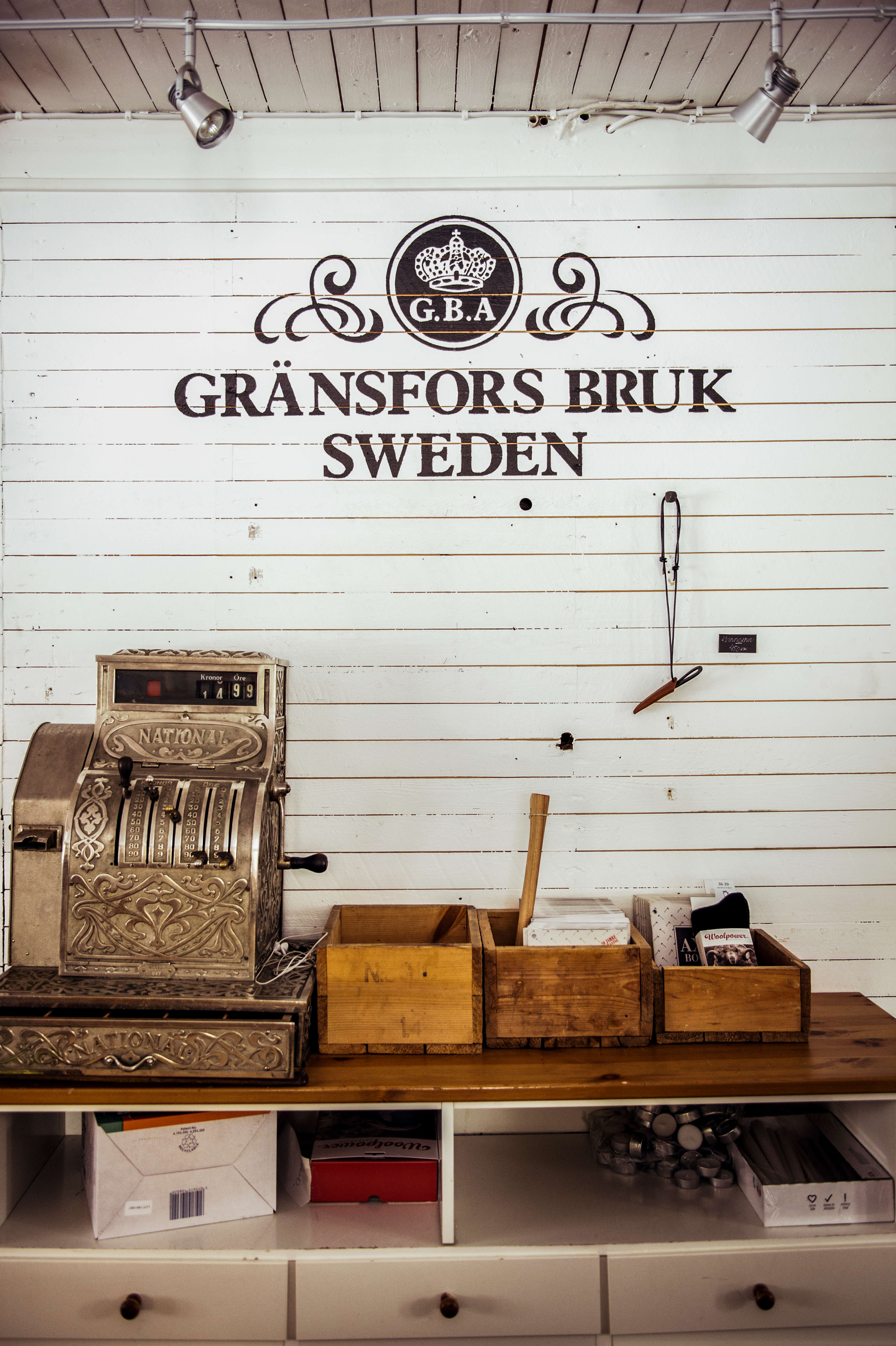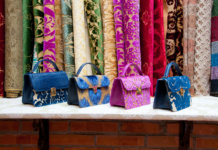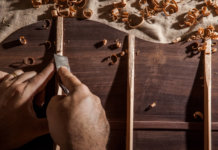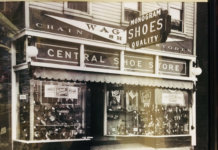Elevating the axe as an exquisitely handcrafted tool seems like an unconventional strategy in the age of single-use consumerism. Gränsfors Bruk, however, proves that traditional craftsmanship is effective in the pursuit of sustainability, both environmentally and in business.
Specialising in a broad range of axes, crowbars, forestry gear and apparel, Gränsfors Bruk and its family group of companies combine traditional processes with personalised, artisanal touches. The company’s production methods respect the highly skilled craftspeople that make their products as much as the clients that use them. Connected by family, Scandinavia and the glow of a metal forge, Gränsfors Bruk and its sister companies continue an uncompromising legacy of craftsmanship characterised by a remarkable degree of stamina.
We met with Adam Brånby, family group CEO to discuss quality production, personalisation and the enduring draw of the axe.
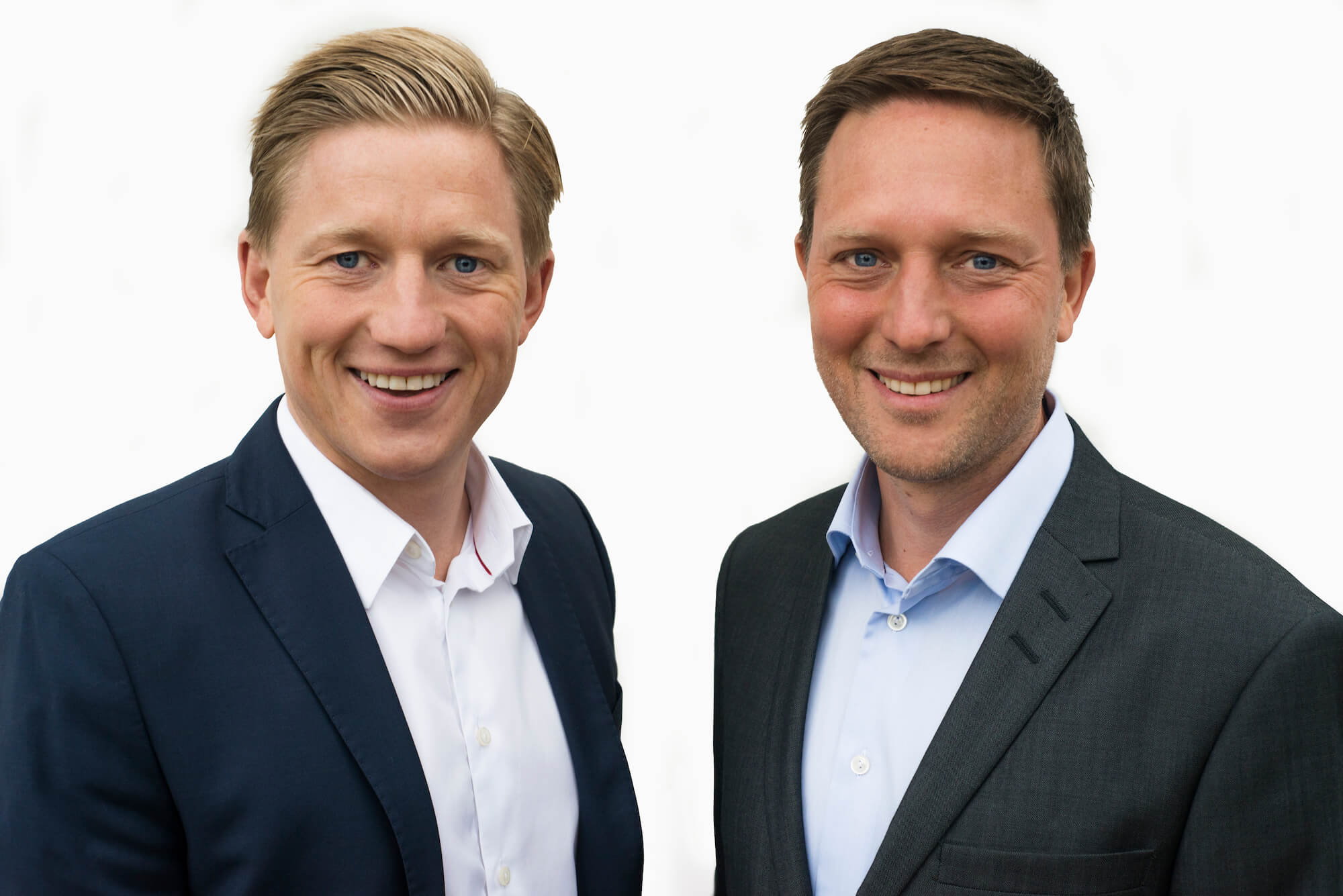
What is the history behind the family group and how was it established?
It started with my father, Gabriel, who joined Gränsfors Bruk in the early 1980s. The company’s name is a combination of Gränsfors, the community in Sweden, and bruk, which translates to ‘works’, a term that designates our industry. The business was initially established in 1902; by the time my father became involved, it was two separate companies with different product lines. My father unified them and then, incidentally, a couple of years later, he split them once again into Gränsfors Bruk and Svedbro Smide, which is also still under the banner of our family group. Subcontracting for the forest industry and manufacturing axes, tools and climbing gear was our predominant focus then.
At that time, our father had another US-based company, which made protective apparel for people who work with chainsaws outdoors. His customers, who knew he was from Sweden, asked him how they could better equip themselves against the cold. Seeing a demand, my father bought the company Woolpower, which produces woollen thermal undergarments ideally suited for outdoor winter work.
Our four sister companies – Woolpower, Gränsfors Bruk, Svedbro Smide, which specialises in crowbars, and Grand Forest, a company that produces hand-forged axes under the Gränsfors Bruk brand – all complement each other. A fifth company, our parent company, is used to oversee the group.
Was your father drawn to these companies because of their emphasis on craftsmanship?
To some extent, yes. Craftsmanship is an intrinsic part of these companies. The hand-forged axes of Gränsfors Bruk, for example, certainly helped inspire my father’s vision for the group.
When he got involved with Gränsfors Bruk, the company was struggling to compete with chainsaws – axes were being phased out in favour of their mechanical counterparts. With the company on the brink of bankruptcy, my father had the vision to look backwards rather than forwards. Under his direction, Gränsfors began producing axes in the superb quality and style of centuries past. To these ends, he sourced better materials and implemented a compensation system that rewarded superior craftsmanship, not just quantity and speed of production.
It was a small operation and remains so to this day – during Gränsfors’s transformation, the company boasted a mere seven key employees. Our competitors mocked us for our lean, artisanal approach which for instance meant that we omitted the traditional process of painting the axes, but that quickly changed. Soon, we were enjoying the fruits of my father’s strategy, and those same competitors were trying to emulate our model. Three and half decades later and craftsmanship still defines us. We’re proud of the process – every axe we produce features the initials of the blacksmith who forged it. Additionally, all of our axes come with a unique book that describes how they were made along with instructions on care and proper usage.
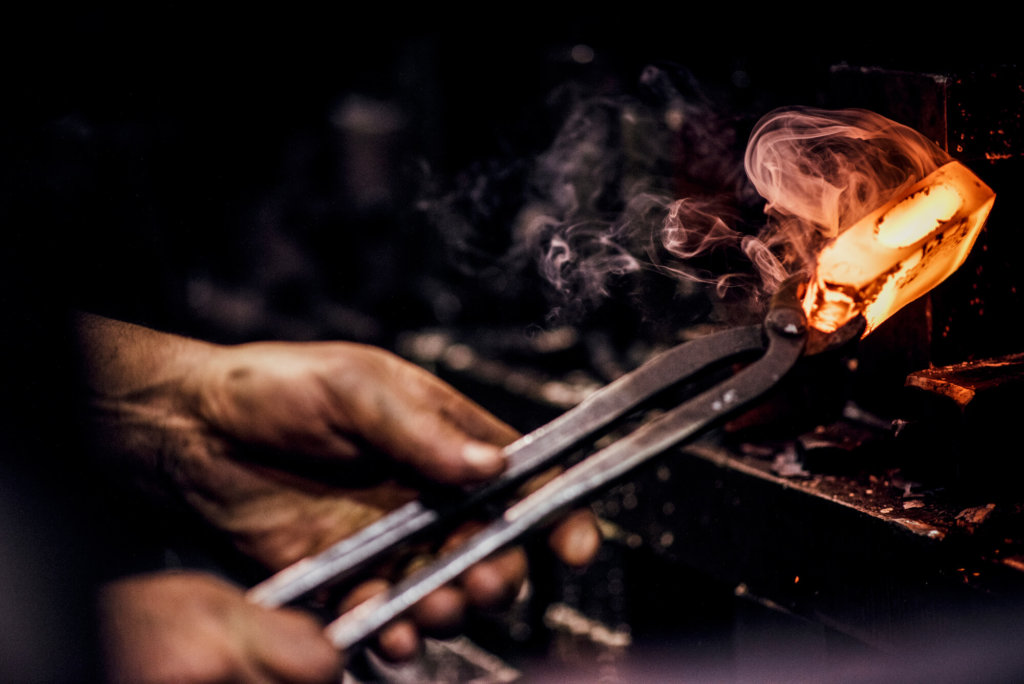
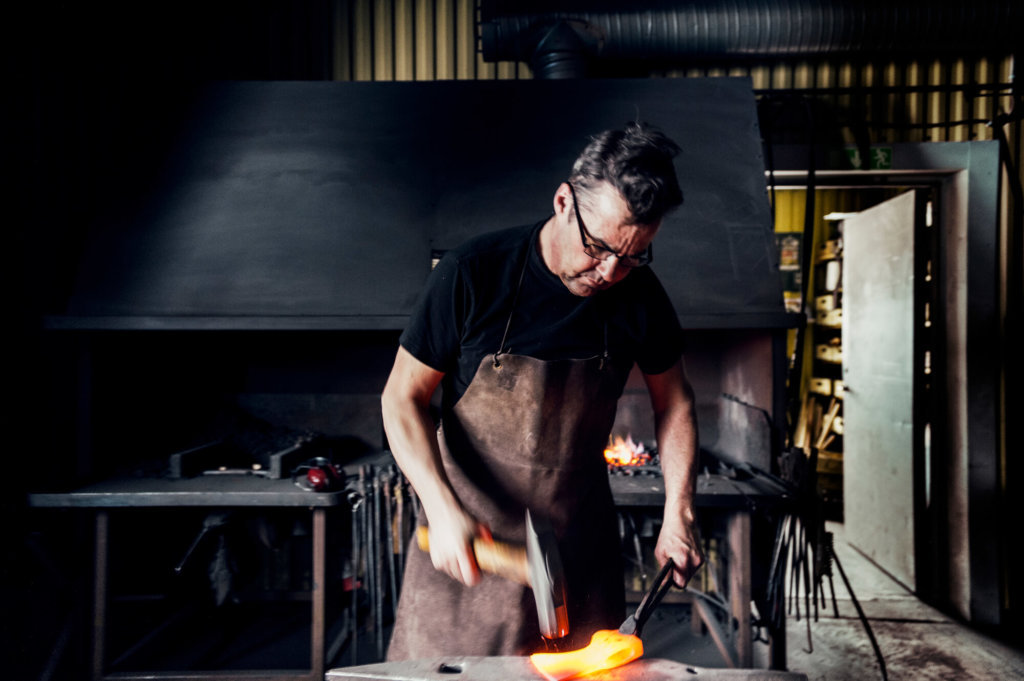
How would you characterise the demand for axes today and what would you attribute that demand to?
It’s an interesting question because no one actually needs an axe anymore. For the most part, central heating negates their relevancy in the home, while in forestry, industrial machines and chainsaws do all the work far more efficiently than axes could.
In one form or another, however, axes have been used by humans for almost 2 million years. It’s in our DNA; people who see our axes immediately want to touch them, feel them and wield them. People buy quality axes as a way of getting in touch with their roots – chopping wood and working in a forest. The demand for axes is steadily increasing. We offer high-quality products with a comparable price point, which differentiates us from classic luxury brands. Our customers are eager to use their axes despite not needing them.
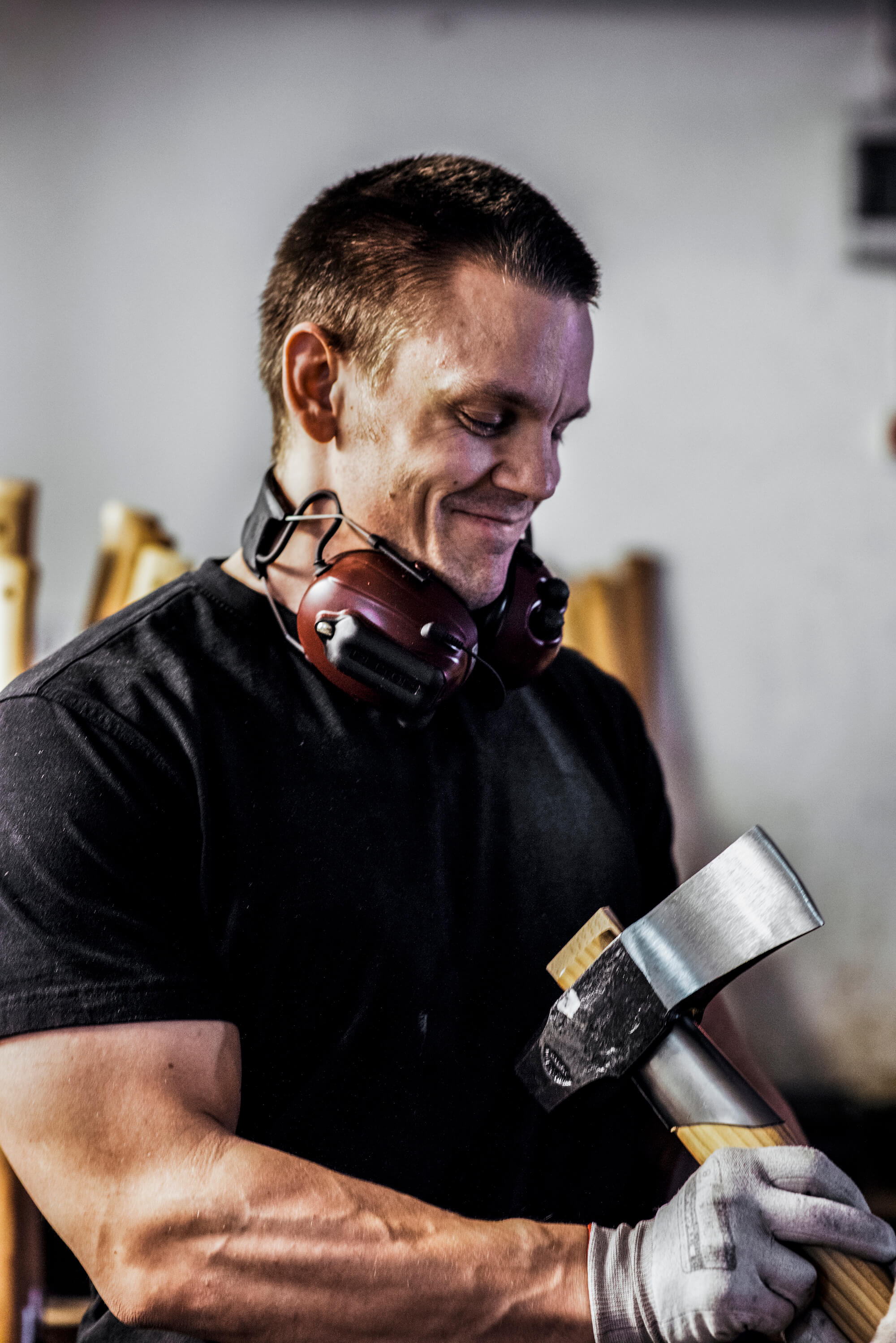
Do you use a similar, personalised mark of quality on your other products?
Yes, we do; the tag on every Woolpower garment identifies the person who sewed it. It’s a guarantee of quality; our customers know that the person making their garment is taking the same care as they would if they were making it for themselves. In the textile industry, it’s common practice for many individuals to work on a garment through an automated process, but Woolpower is different. One person works on an item from beginning to end, and they take pride in the work they do.
So much of your business depends on the continuation of traditional skills. How is the next generation getting involved?
For today’s typical young person, blacksmithing, for example, isn’t even on the radar in terms of job prospects. However, we have discovered a small but enthusiastic body of people who are interested in learning traditional skills. Increasingly, young people are looking for opportunities outside of the office and would rather do something with their hands. We offer a unique career path to potential employees. They can stand by the products they make and have the satisfaction of knowing their handiwork will likely endure into the next century. Many people are drawn to this notion – the idea of creating something that will outlive them. These factors make me confident that the traditional skills at the core of our businesses will continue.
Does your family group’s identity as Scandinavian craftspeople contribute to the marketability of your products?
Yes, definitely. Spending time in nature is something that Scandinavians are known for and speaks to our expertise when it comes to the types of products we make. Scandinavians, in some ways, maintain an old-world approach to everyday life. For example, it’s common to see someone using an axe to chop firewood in our country, which is not necessarily the case elsewhere in today’s hyper-fast, technology-driven world.
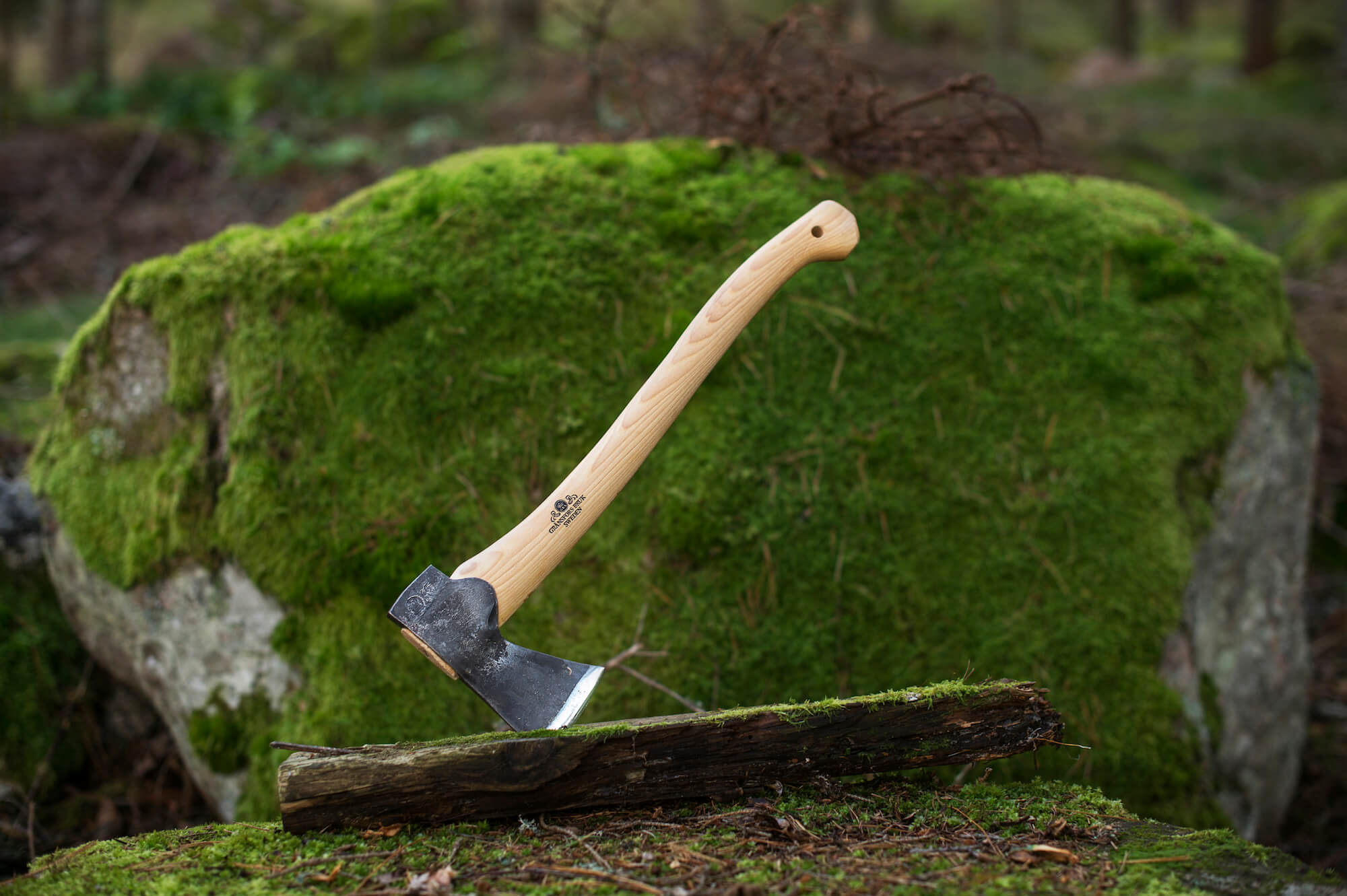
What does the future of Gränsfors look like and how does family fit into this vision?
In 2009, my brother and I took responsibility for the company. We currently run it together, and my father still consults with us on almost every aspect. We’re very much a family operation, and it works well for us. Occasionally, succession comes up in the conversation, but our respective children are still very young. At this point, it’s impossible to speculate where their interests may lie in a decade or two.
In terms of the business, our growth will coincide with the growth of the environmental movement. Gränsfors products are made to last. Eschewing disposable goods in favour of quality products is something we can do to help the planet. In this way, preserving craftsmanship means the preservation of our environment and, by extension, our well-being.


